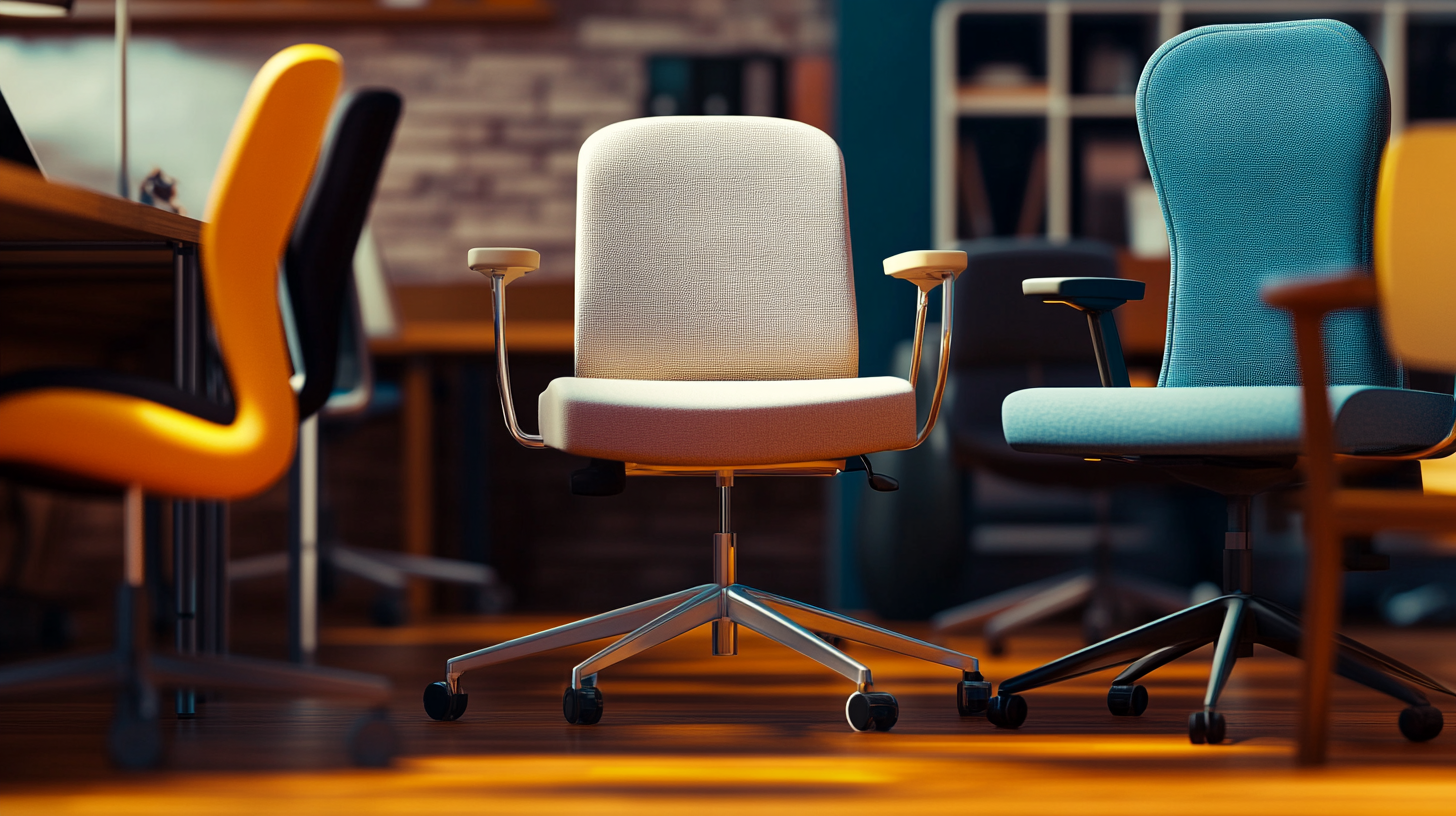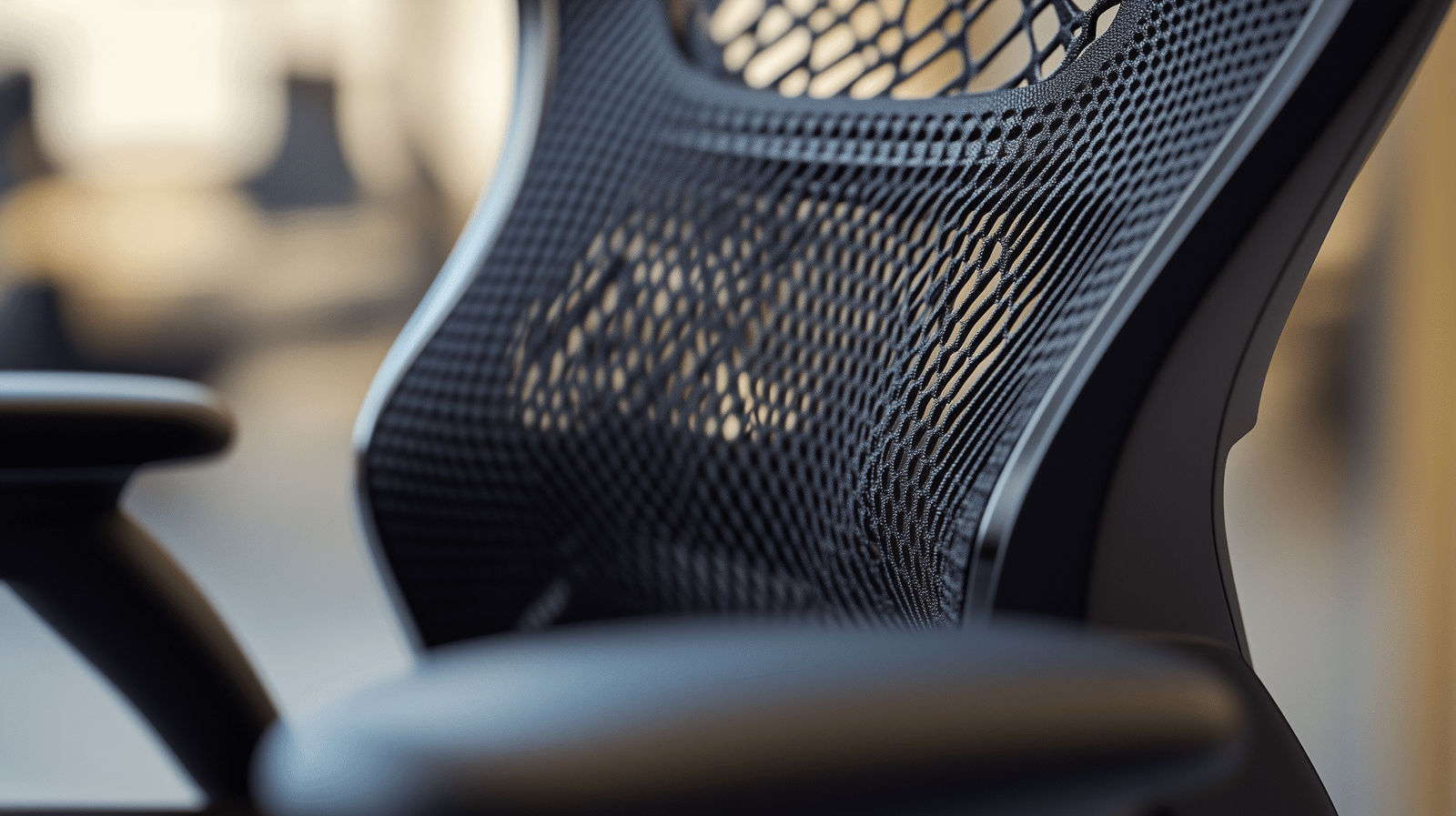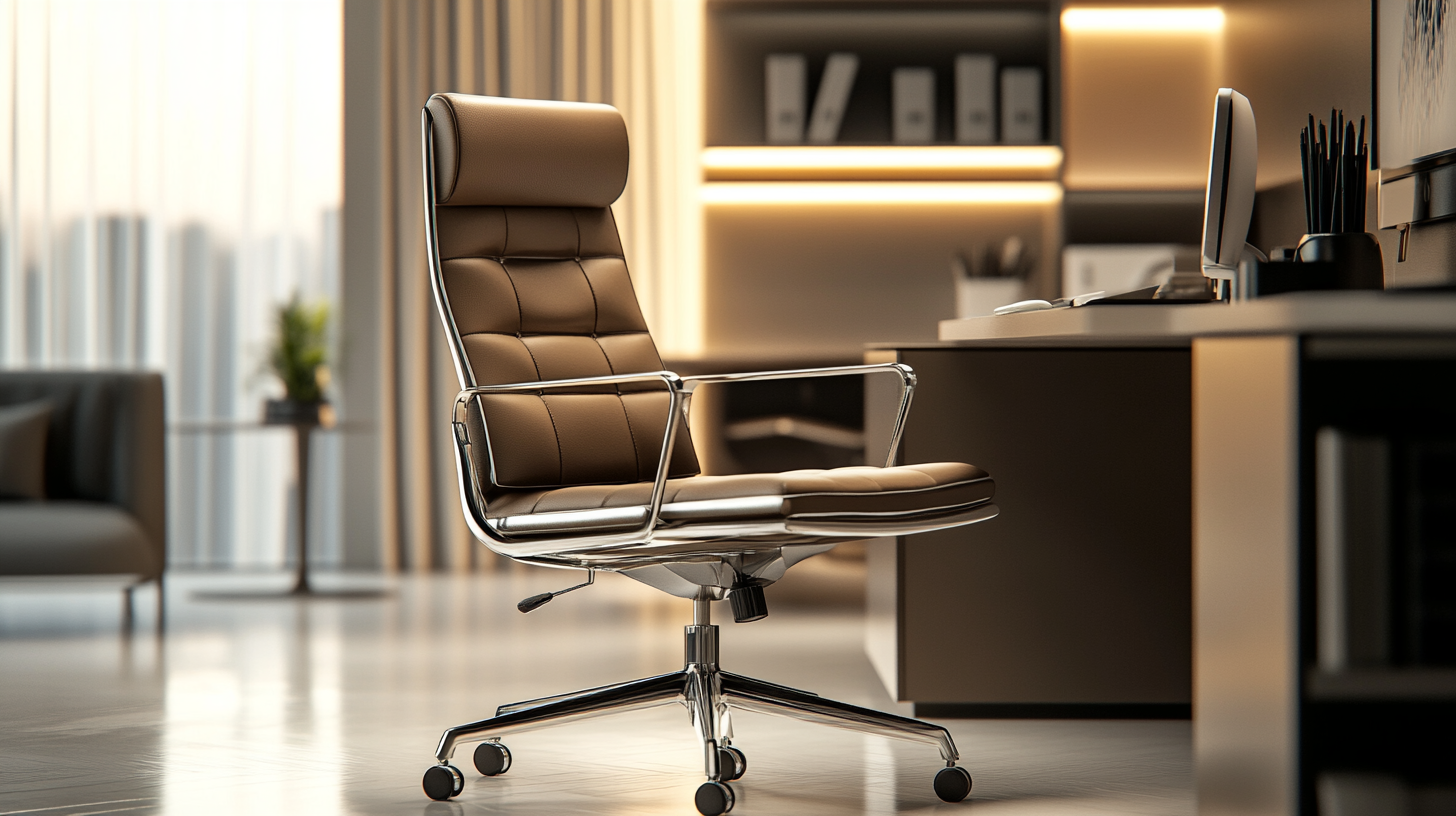
Choosing the ideal comfortable office chair involves evaluating a series of personal and contextual factors. First, it's important to consider the daily sitting time, as those who work more than eight hours a day will need a chair with greater ergonomic features. The type of tasks also matters: creative activities, phone support, programming, or management require different postures and movements. Another essential point is the available space. In small offices or homes with multipurpose furniture use, a compact yet complete model may be convenient. The user's physical characteristics (height, weight, habitual posture) should guide the selection of the backrest, seat, and base. It's also advisable to check if the chair has ergonomic certifications, manufacturer warranty, and durable materials. Whenever possible, trying the chair before buying provides a better idea of its real fit. Finally, if a change in work style or environment is anticipated (such as switching to a hybrid model or coworking), it's best to choose versatile and easily transportable models.
Technology has also begun to transform the world of furniture. Today there are comfortable office chairs that integrate pressure sensors to detect poor posture, machine learning algorithms that adjust ideal parameters for the user, and mobile apps that allow saving configurations or receiving alerts for active breaks. Some include lumbar heating functions, programmable vibrating massages, and heart rate monitoring through connection with wearables. These features turn the chair into another node of the worker's digital ecosystem, expanding the concept of well-being beyond the physical aspect. There are also models with position memory, fingerprint or digital profile recognition, and self-diagnostic capabilities that alert about failures or maintenance needs. In this context, comfort is no longer just a subjective feeling but becomes a personalized, measurable, and manageable real-time experience.
The comfortable office chair has evolved from a utilitarian accessory to a strategic tool within the modern work ecosystem. Its influence on physical health, psychological well-being, operational efficiency, and work quality is increasingly recognized. In a context of growing digitalization and hybrid work modalities, investing in a good chair represents a preventive, intelligent action focused on comprehensive worker care. With multiple options available on the market, it’s not just about choosing a model based on appearance, but about considering every functional and aesthetic detail that can make a difference in daily performance. At the end of the day, a comfortable chair is not just a place to sit: it is the support point where our ideas are built, important decisions are made, and our health is sustained while we give our best.




